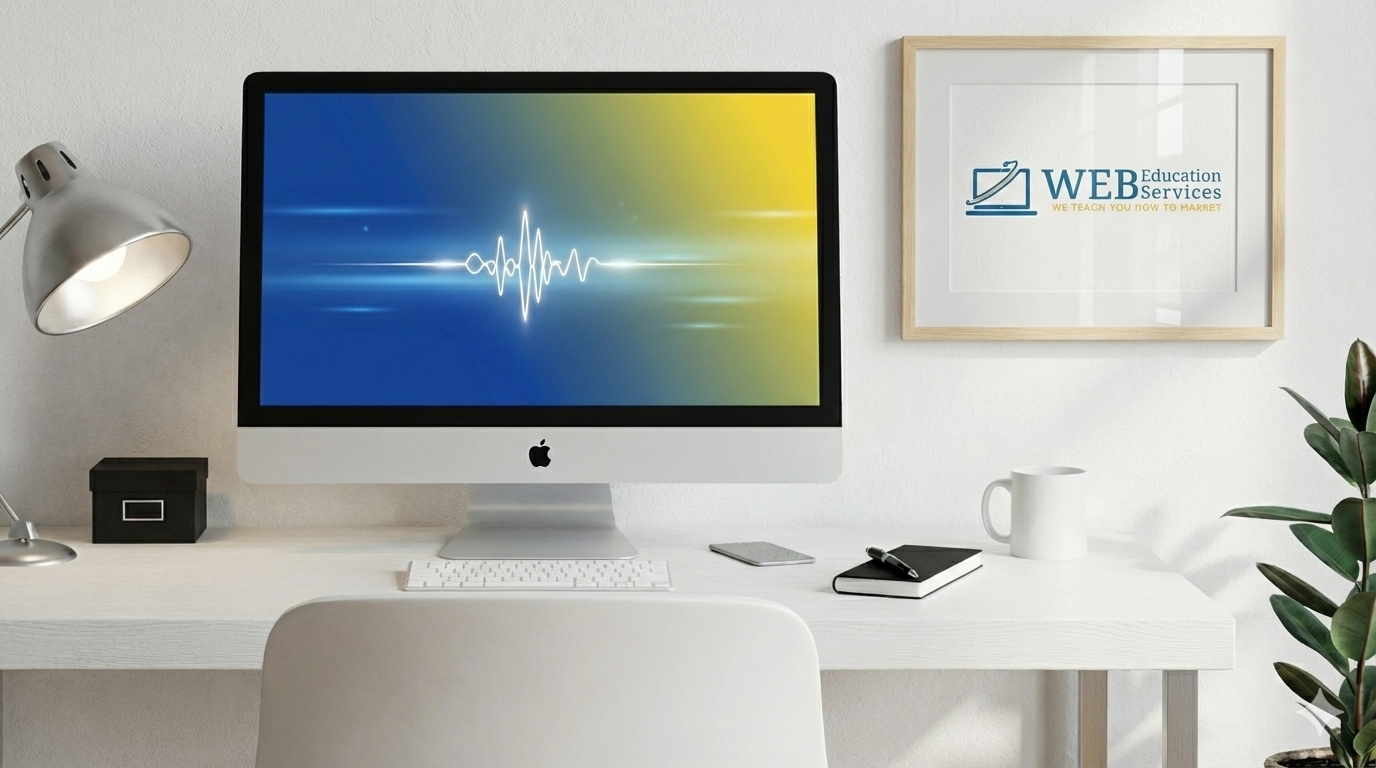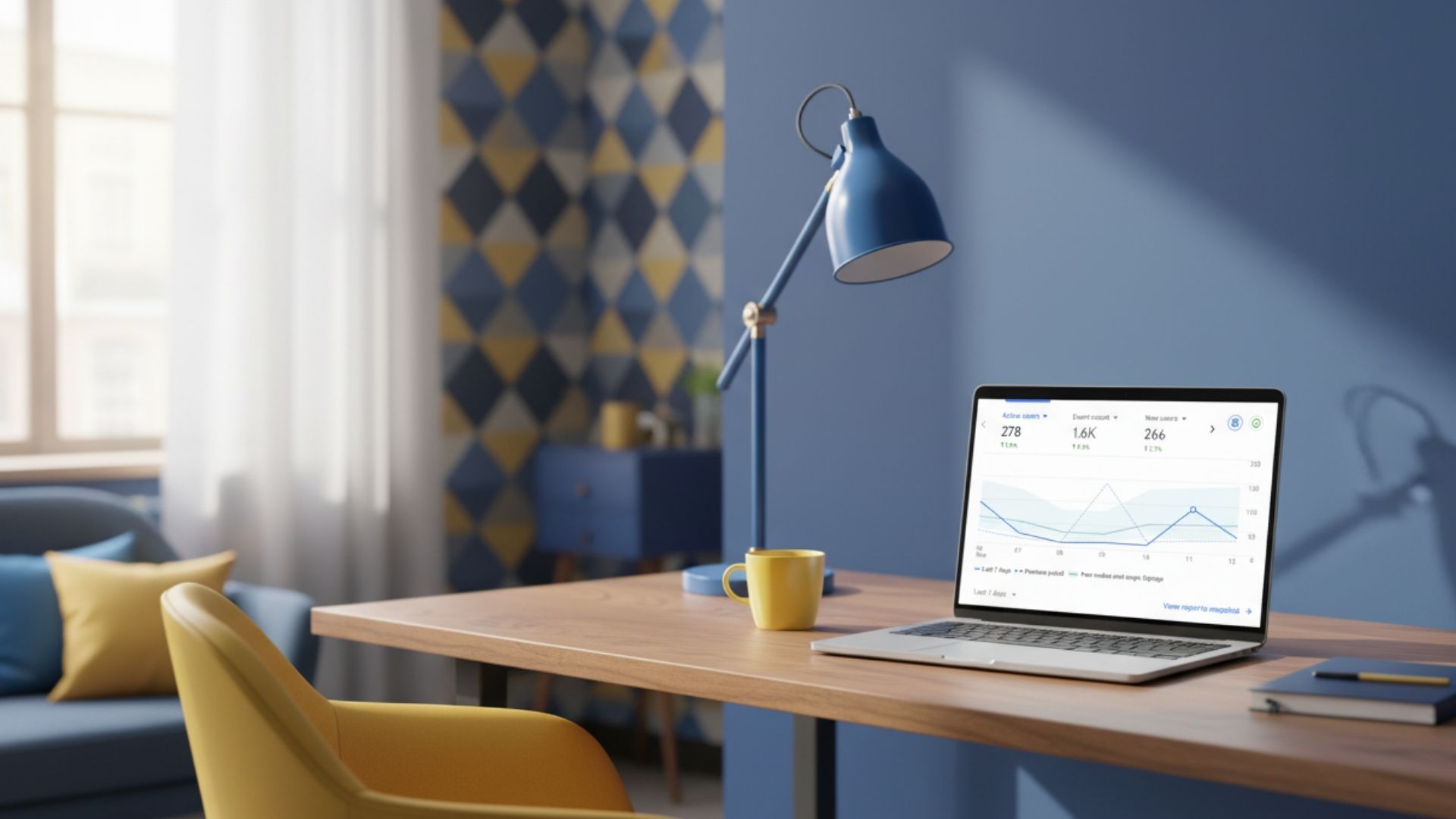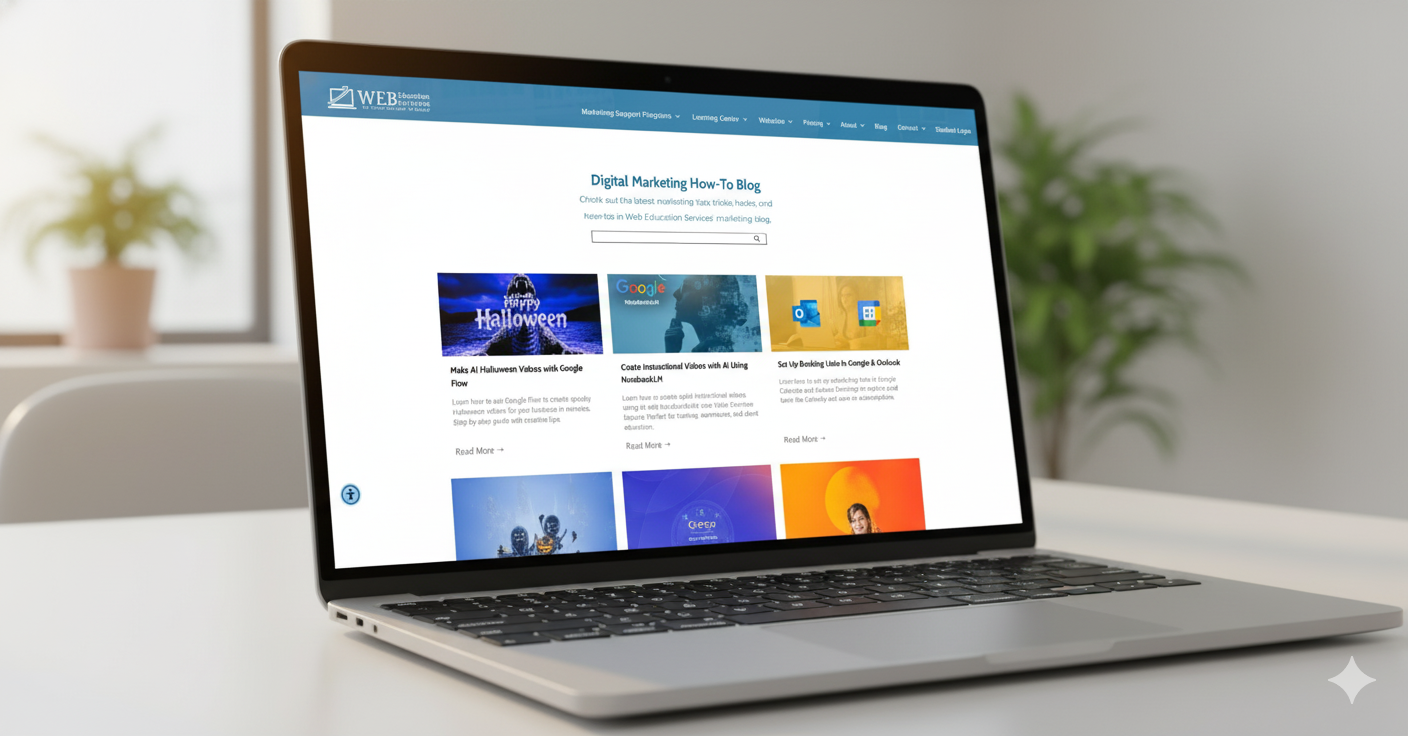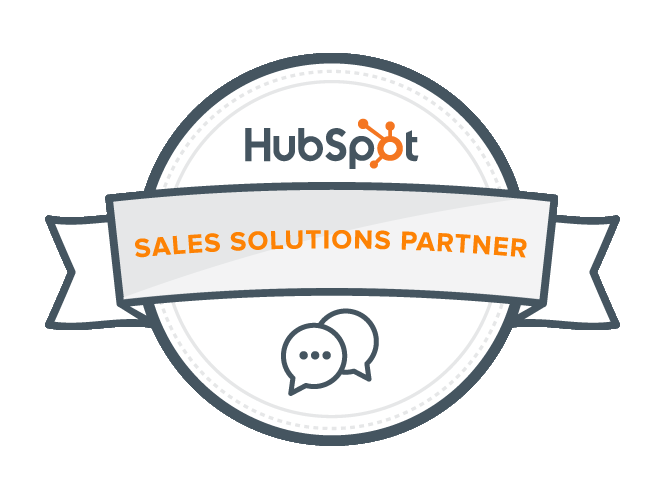How Everyone Buys | A Guide To Mapping The Buyer’s Journey
The psychology of marketing, how everyone buys...
click here for slides.
Great marketers know something you don’t. You believe that buying starts with a brand, a product, a service. You think your customers buy because of…
✓ FEATURES
✓ ADVANTAGES
✓ BENEFITS
Buying actually starts with a feeling, a need, a want, a desire. Buying starts with a trigger that leads to a search, a choice, and ultimately a purchase.
It’s called the buyer’s journey. Here's what you need to do.
Answer the questions at each stage of the buyer's journey and draft a messaging for each stage. Use your guide below each and every time you start to create new content.
Download our journey map template or follow our guided steps below
1) Trigger Stage Of The Buyer's Journey
The first stage of purchasing is the trigger stage. People experience a want, need, or are having a problem. They may not be able to articulate what the problem is, but they sure "feel" it.
During this stage you want to help define the person's feelings and help articulate their want, need, or problem.
Jot down a few notes about your customers/clients and what triggers a want, need, or problem.
2) Search Stage Of The Buyer's Journey
The second stage of purchasing is the search stage. People are trying to identify all their options.
During this stage you want to educate people about everything they can do to satisfy their need/want or solve their problems.
Jot down a few notes about your customers/clients and all the possible solutions. In general, there are three options for everyone, do nothing, buy, or do-it-yourself.
3) Choice Stage Of The Buyer's Journey
The third stage of purchasing is the choice stage. People are trying to pick the best option for them.
During this stage you want to influence people about why your solution is the best.
Jot down a few notes about your customers/clients and why your solution is the best. Don't talk about your brand yet, keep it industry specific.
4) Purchase Stage Of The Buyer's Journey
The fourth stage of purchasing is the purchase stage. People are trying to pick the best product or service provider for them.
During this stage you want to influence people about why your company is the best.
Jot down a few notes about your customers/clients and why your company is the best. If you've helped the person articulate their want/need or problem, identify all their options, and select the right product/service, selling your brand at this stage should be easy.
Crafting Your Marketing Message
Now that you've written down a few notes about each stage of the buyer's journey, you can start crafting your message.
Write a marketing message for each stage of the buyer's journey. See the example below. Before you start writing your next piece of content, take a few minutes to run through this exercise. This should serve as an outline and help you write better, faster, and get more engagement!
If you want to run through this exercise with one of our marketing experts for free, click here and schedule an appointment.
Did you attend our latest event? Download the slide deck here.
If you want some individualized help using the template and crafting your message,
click here schedule a free marketing session with one of our experts.
